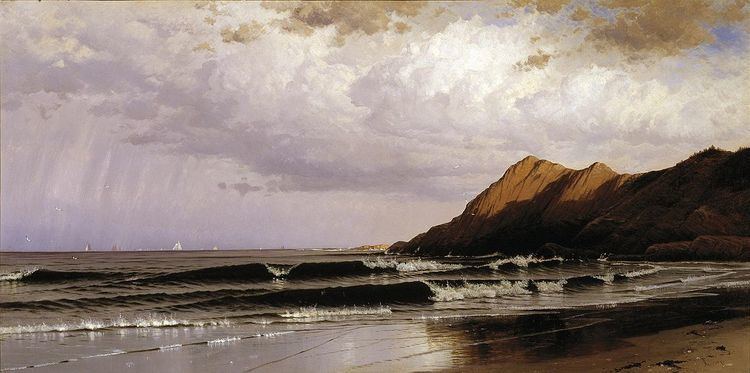 | ||
Similar The Triumph of Time, Laus Veneris, Songs before Sunrise, Atalanta in Calydon, The Garden of Proserpine | ||
Poems and Ballads, First Series is the first collection of poems by Algernon Charles Swinburne, published in 1866. The book was instantly popular, and equally controversial. Swinburne wrote about many taboo topics, such as lesbianism, sado-masochism, and anti-theism. The poems have many common elements, such as the Ocean, Time, and Death. Several historical persons are mentioned in the poems, such as Sappho, Anactoria, Jesus (Galilaee, La. "Galilean") and Catullus.
Influences
References
Poems and Ballads Wikipedia(Text) CC BY-SA
